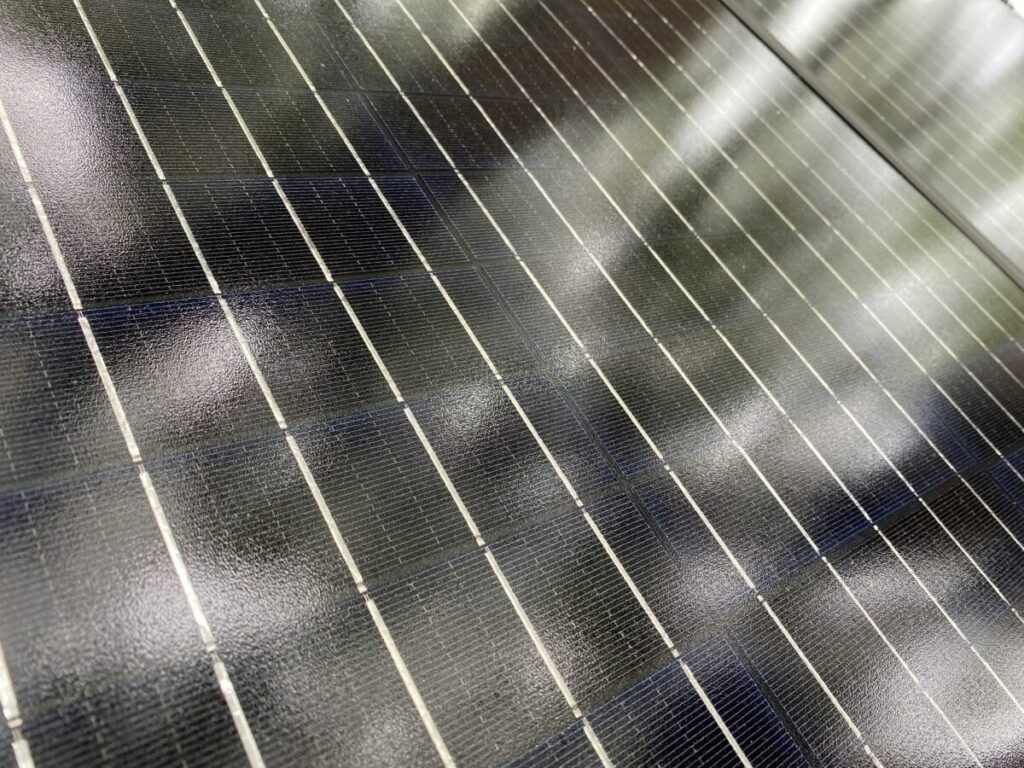Scientists in China have analyzed the impact of the pollution of the PV module performance and have discovered that the tilt angle has the greatest impact, followed by the intensity of the irradiation and density of dust deposits.
A research group led by scientists from the Chinese Northeast Electric Power University (Nepu) has analyzed the performance of dusty PV modules under various radiation intensities and tilting corners. Moreover, the group was able to create a model to predict maximum power loss on the basis of radiation intensity, tilt angle and density of dust deposit.
“This article introduces an innovative quadratic model with the maximum power loss rate such as the dependent variable and radiation intensity, tilt angle and density of dust deposit as independent variables,” the group said. “This model offers an important progress in understanding the interactions between dust density, radiation intensity, tilt angle and maximum power output in PV systems, and offers new prospects and valuable methods for future research.”
The research had started collecting dust from the PVs installed on the roof of the Neepu library. With the help of energy dispersive X-ray spectroscopy (EDS), the group has found the presence of the metallic elements iron, potassium (k), magnesium (mg), aluminum (CA), titanium (ti) and manganese (mn), and oxytic elements ()..
The setup
This dust was then mixed with 90% alcohol, to create different levels of deposits, with densities of 2.11 g/m2, 6.15 g/m2 and 10.13 g/m2. The dust mixture was then used to pollute slides with low iron glasses that were ready to test after the evaporation of alcohol. A xenon lamp was used to simulate different radiation levels, namely from 1,000 W/m2, 900 W/m2, 800 W/m2, 700 W/m2 and 600 W/m2. Under those terms, the slides were tilted to 0 °, 15 °, 30 °, 45 ° and 60 °.
“The Neepu is located in the West Center region of Jilin City, China, which has a moderate continental monsoon climate. The inner temperature within the laboratory is 20 ° C without air circulation, “the academics noted. “Based on the uncertainty of the instrument, the previous analysis provides a final uncertainty of 1.42%. This value is lower than the 2% threshold set by technical requirements, which guarantees the accuracy of the experimental data. “
For each results, the density of dust deposits has a more substantial impact on the average short-circuit current, average open circuit voltage and the average maximum power under high radiation levels, while the effect on the average conversion efficiency is relatively weaker. The differences in those parameters between different other conditions are not significant.
The results
“When the slope at an angle of 60 ° with an irradiation of 1,000 W/m2, the relative short-circuit current, relative open-circuit voltage, relatively maximum power and relative conversion efficiency of a PV module of a PV module with a density of dust deposit of 10.13 g/m2 61%, and 61%, ends and and and and and and 5. “The relative short-circuit current, the relative maximum power and the relative conversion efficiency increases with the irradiation, while it decreases with the dust density and tilt angle. However, the relative open circuit voltage decreases with the irradiation, dust density and tilt angle. “
In addition, the academic team investigated various prediction models for maximum power loss and found a quadratic model that produced the most accurate results. “It uses radiation intensity, tilt angle and density of dust deposits as independent variables. The tilt angle has the most important impact on the maximum power loss percentage, followed by the intensity of the irradiation, while the effect of the density of dust deposits is minimal, ”she explained.
The results were presented in “Experimental research into the losses of dusty PV modules that are considering frozen levels and tilt corners“Published in Energy reports. The research was conducted by scientists from Chinese Northeast Electric Power University and Datang Xinjiang Power Generation.
This content is protected by copyright and may not be reused. If you want to work with us and reuse part of our content, please contact: editors@pv-magazine.com.

